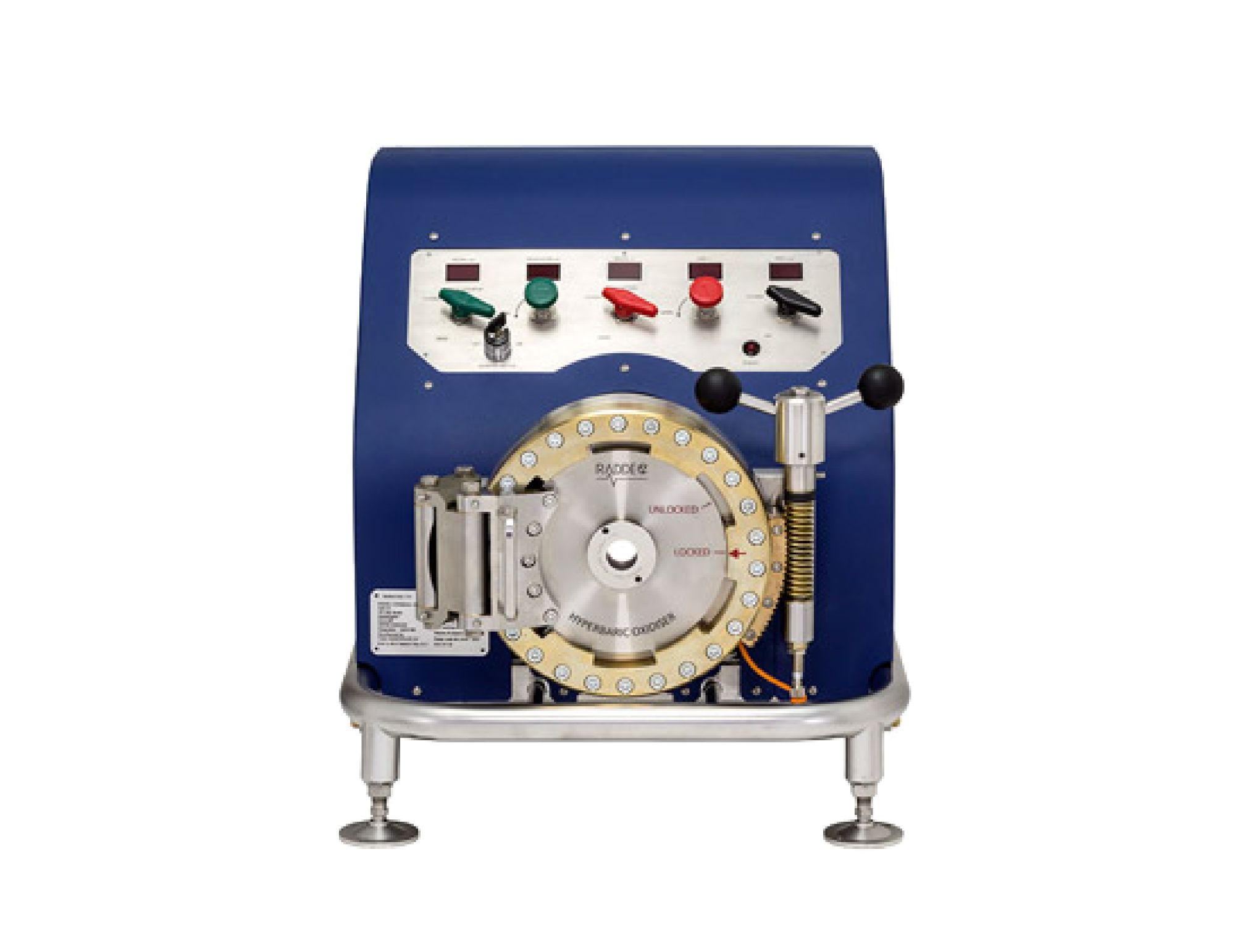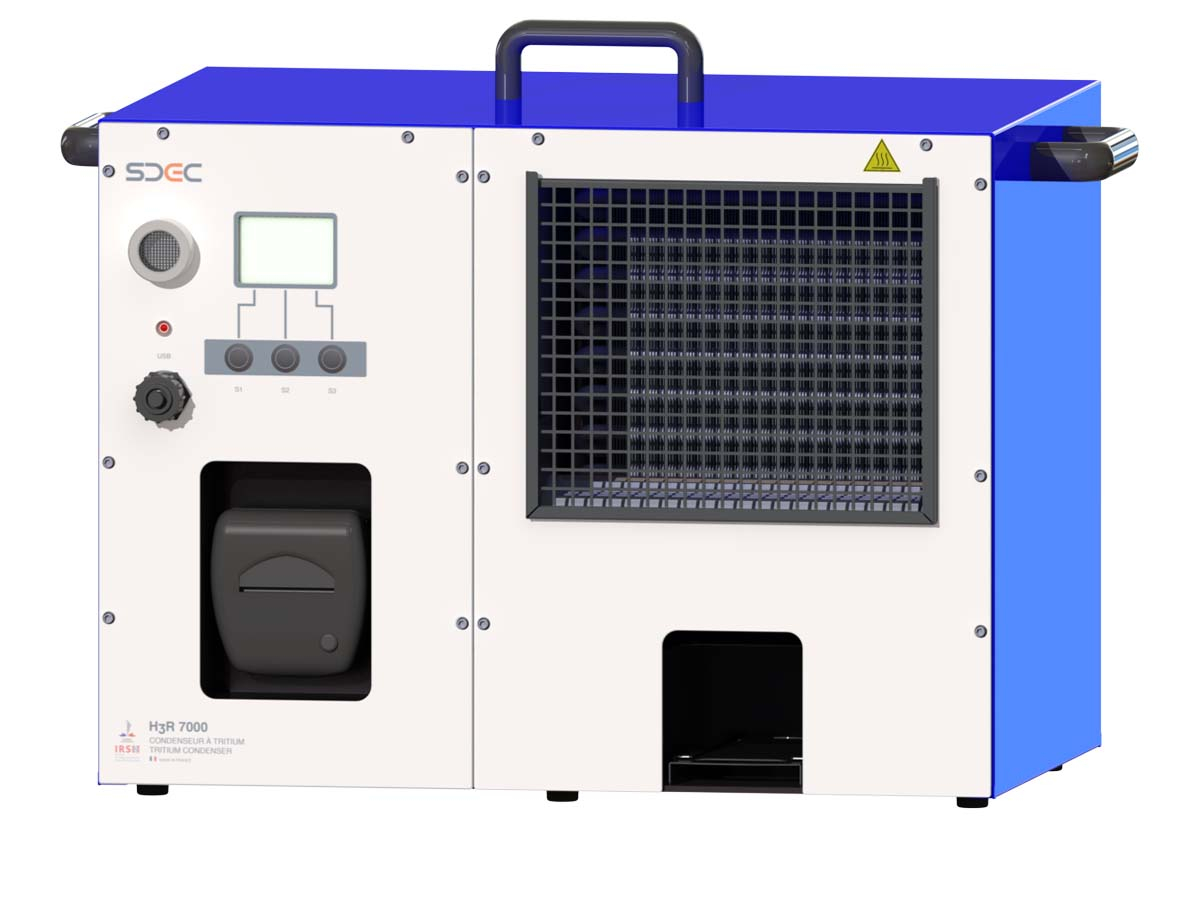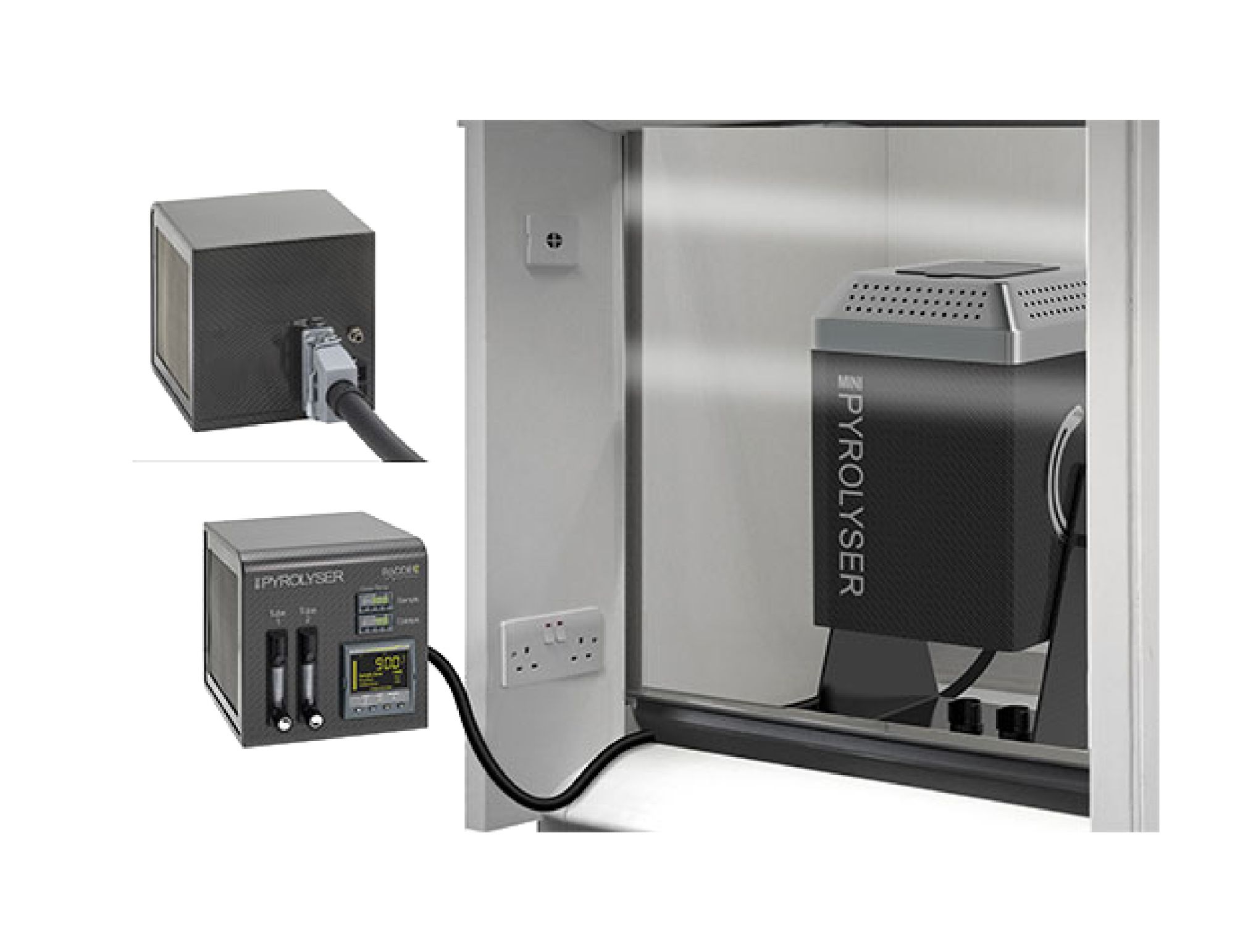HBO2
PRODUCT DESCRIPTION
Efficient and rapid extraction of tritium and 14C Complete and clean oxidation of organic-rich materials (foodstuffs, marine and freshwater fish, meat, vegetation, wood, oils, plastics, and soft wastes) pressurised oxygen to promote efficient combustion.Project Details
Raddec Hyperbaric Oxidiser: HBO2
Efficient and rapid extraction of tritium and 14C
Complete and clean oxidation of organic-rich materials (foodstuffs, marine and freshwater fish, meat, vegetation, wood, oils, plastics, and soft wastes) pressurised oxygen to promote efficient combustion.
Application areas: Nuclear decommissioning, waste characterization, environmental monitoring, C14 extraction.
Raddec Hyperbaric Oxidiser: HBO2
The Raddec HBO2 is a current generation fully-integrated Hyperbaric Oxidiser System. It is specifically designed to quantitatively oxidize combustible materials to water and carbon dioxide using pressurised oxygen in a precision engineered, closed-vessel. This instrument processes samples such as soft wastes, plastic, oil and biota that can then be analysed for tritium and Carbon-14 activities.
These systems are routinely used to extract volatile radionuclides from a range of materials as part of waste characterisation in the nuclear decommissioning and related sectors.
- Complete combustion of samples in less than one minute – high capacity combustion chamber results in a clean sample oxidation
- Completely converts most combustible materials to water and CO2 – Efficiently decomposes all organic rich materials
- The oxidation of large samples offers improved LODs compared to thermal oxidisers – expands analysis options for Environmental Monitoring, Nuclear Decommissioning and Fusion Reactor operational support
- Clean tritiated water is extracted after combustion – Tritium as tritiated water is available for analysis by LSC or Helium-3 in-growth mass spectrometry
- C-14 is quantitatively produced during efficient combustion – CO2 is trapped and is available for analysis by LSC



